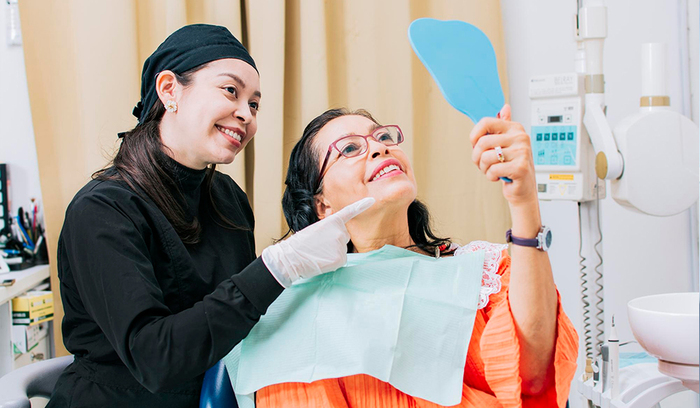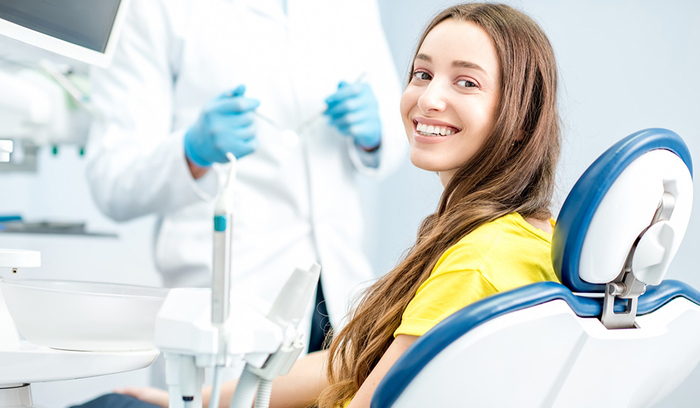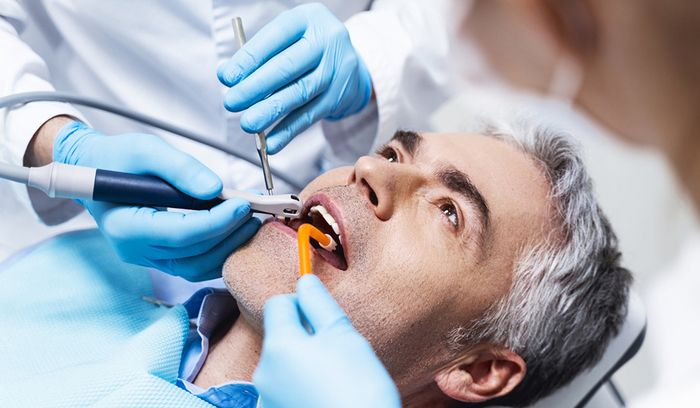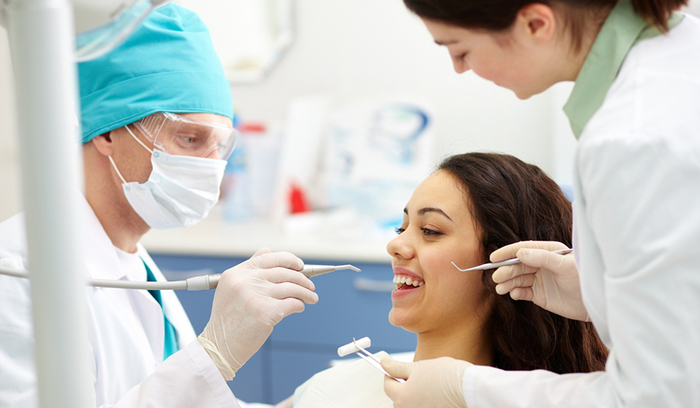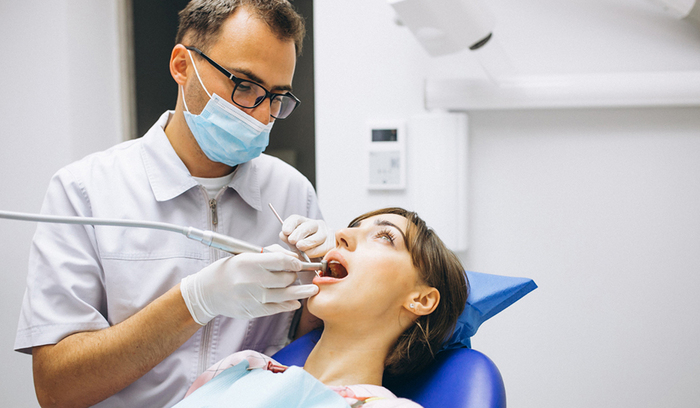Visiting the dentist shouldn’t be a stressful experience. In fact, with the right provider, it can be informative, empowering, and even enjoyable. If it’s been a while since your last dental visit or you’re switching to a new provider, understanding what happens during a typical appointment can ease any anxiety. At our clinic, we’re committed to delivering a seamless experience from start to finish. When you visit a dentist in New York, you’re taking an essential step toward protecting your smile and overall health.
The Importance of Routine Dental Visits
Let’s start with the basics: why does your dentist keep insisting on seeing you every six months? It’s because oral health is closely connected to your overall well-being. Gum disease has been linked to heart issues, diabetes, and even complications in pregnancy. Cavities and infections can escalate quickly if not treated early. Your regular visits help catch small problems before they become major (and more costly) issues.
Here’s what your routine dental appointment typically includes:
- Comprehensive oral examination
- Professional cleaning
- Digital X-rays (as needed)
- Oral cancer screening
- Personalized treatment recommendations
First Step: Dental Checkup
Whether it’s your first appointment or a routine checkup, your visit starts at the front desk. Professionals will greet you, confirm your insurance and medical history, and answer any questions. We want every patient to feel comfortable the moment they walk through the door.
If it’s your first time with a dentist in New York, allow a few extra minutes to complete new patient forms. You can also download and fill these out ahead of time from our website to save time.
A Thorough Oral Examination
Once you’re settled in the chair, your dentist will begin with a visual inspection. They’ll look for signs of decay, gum disease, plaque buildup, and anything else that may need attention. Using a small mirror and high-definition camera, they’ll check hard-to-see areas as well.
During this process, your dentist might:
- Examine the condition of old fillings, crowns, or bridges.
- Assess your bite and jaw alignment.
- Ask about any discomfort, sensitivity, or changes in your oral health.
State-of-the-Art Diagnostic Imaging
Many dental problems hide below the surface. That’s where digital X-rays come in. These allow us to detect issues like impacted teeth, abscesses, jawbone loss, and cavities between teeth long before they become visible.
Our clinic uses low-radiation digital imaging, which is safer and faster than traditional film. The results appear instantly on a screen, so you and your provider can review them together.
A Refreshing Dental Cleaning
Now comes everyone’s favorite part: the cleaning. Using professional-grade tools, your hygienist will gently remove tartar and plaque from the teeth and along the gumline. Even with excellent brushing habits, some buildup is inevitable, which is why professional cleanings are a must.
Your cleaning will include:
- Ultrasonic and manual scaling
- Flossing between every tooth
- Polishing with a high-grade paste for a smooth finish
This process not only keeps your smile bright but also prevents serious problems like gum disease and tooth decay.
Oral Cancer Screening: Small Step, Big Impact
Oral cancer can be deadly if not detected early. That’s why every routine visit includes a thorough screening. Your dentist will examine your lips, tongue, cheeks, throat, and neck for any abnormalities or warning signs.
This step takes only a few minutes but plays a major role in your long-term health.
Personalized Care & Treatment Planning
No two smiles are the same. That’s why your dentist in Manhattan will take the time to explain your current oral health and offer custom treatment recommendations.
Whether you need a simple filling, cosmetic enhancements, or are interested in orthodontic options, we’ll walk you through every detail:
- Procedure options and timelines
- Estimated costs and insurance coverage
- Any preventive steps can you take at home
We believe in patient education so you can make informed decisions about your care.
Tips for a Smooth Appointment
Want to make the most of your visit? Here are some tips:
- Arrive 10–15 minutes early to handle any paperwork.
- Bring a list of medications you’re currently taking.
- Note any concerns you’ve noticed with your teeth, gums, or jaw.
- Update your insurance info and ID if needed.
Conclusion
Your dental visit is more than just a checkup— it’s an investment in your health and self-confidence. At our New York location, we don’t just care for teeth. We care for people. Our team is committed to ensuring every patient feels heard, valued, and understood.
If it’s time for your next appointment, let’s make it count.
Modern Dental of Manhattan in New York is here to guide you through every step, from the moment you walk through our doors to the time you leave with a brighter smile.


